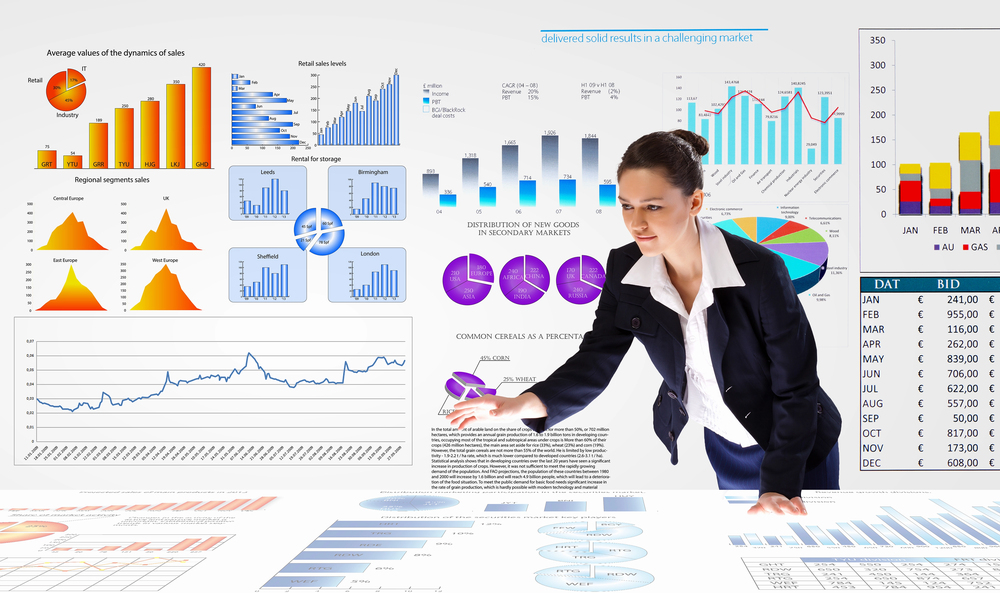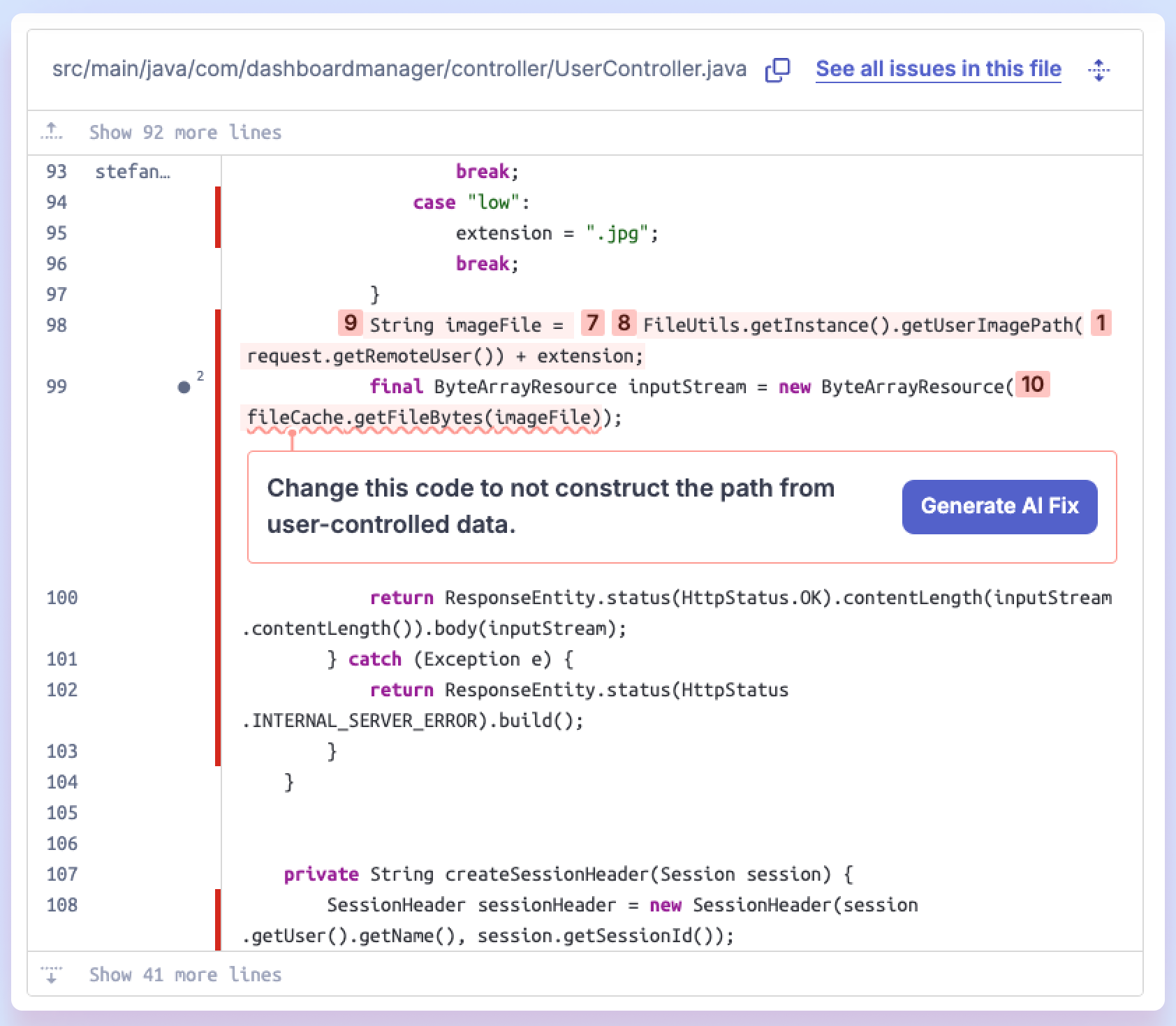
Google launches new initiative for sharing scam details
Google has announced a new partnership with the Global Anti-Scam Alliance (GASA) and the DNS Research Federation (DNS RF) to launch Global Signal Exchange (GSE), a new project with the ambition to be a global clearinghouse for online scams and fraud bad actor signals.
This collaboration combines the strengths of each partner: GASA's extensive network of stakeholders, the DNS Research Federation's robust data platform with already over 40 million signals, and Google's experience in combating scams and fraud.

Attacks on GenAI see sensitive data leaked
New research reveals that 90 percent of successful attacks against GenAI have resulted in the leakage of sensitive data.
The report from Pillar Security, based on real-world analysis of more than 2,000 AI applications, shows 20 percent of jailbreak attack attempts successfully bypassed GenAI application guardrails and adversaries needed an average of just 42 seconds to execute an attack.

AI boosts rise in phishing and spoofing attacks on banks
The US banking industry has seen a significant uptick in cyberattacks, particularly in phishing and spoofing, and tactics are becoming increasingly advanced due to AI.
New research from BforeAI analyzed 62,074 domains registered between January and June 2024 with finance-related keywords. Of those registered domains, 62 percent were found to be involved in phishing attacks targeting legitimate entities via spoofing websites.

Security awareness training is not enough to stop breaches
New research shows companies are pouring an increasing number of resources into their security awareness and training programs, with 96 percent of respondents allocating it between five percent to 20 percent of their security budgets.
But the research from CultureAI, based on a survey by Opinion Matters of 200 UK-based cyber security teams at organizations with over 1000 employees, finds that while 78 percent train employees at least monthly human-related breaches are still happening at an alarming rate.

Why CISOs need to keep on top of their cybersecurity investments [Q&A]
With the current climate of new and more sophisticated cybersecurity products, greater risk and pressure on budgets, it's more important than ever to ensure that they get the best return on their investments.
We spoke to Karthik Swarnam, chief security and trust officer at ArmorCode, to discuss the best practices to ensure ROI from security investments.

'Toxic cloud triad' puts four in 10 organizations at risk
It might sound like a Chinese secret society, but a new report warns that a 'toxic cloud triad' of publicly exposed, critically vulnerable and highly privileged cloud workloads is putting almost four in 10 organizations at risk.
Security gaps caused by misconfigurations, risky entitlements and vulnerabilities combine to dramatically increase cloud risk according to the Tenable Cloud Risk Report.

Enterprise CISOs worry about losing their job after a breach
A new survey, which polled 200 CISOs from companies with annual revenues exceeding $500 million, highlights growing concerns across a number of areas.
The study from Portnox finds worries around the effectiveness of zero trust, the limitations of multi-factor authentication (MFA), and a looming threat to job security amidst an increasingly complex cybersecurity landscape.

New tool helps enterprises identify credential risk
Though organizations and their users have greatly benefited from hybrid environments and SaaS applications, dispersed workforces have also created unforeseen risks that are increasingly difficult to secure.
The average enterprise user has more than 50 passwords not protected by single sign-on (SSO), each representing a point of risk if not properly monitored and secured.

Email attacks target the healthcare sector
A new report from Abnormal Security reveals a rise in targeted email compromise attacks on the healthcare sector.
Vendor email compromise (VEC) attacks on the sector have consistently trended upward, recording a 60 percent increase between August 2023 and August 2024. The sector's reliance on long-term vendor relationships is being exploited through VEC, where cybercriminals impersonate trusted vendors to bypass traditional email security and trick employees.

Defending healthcare systems against ransomware attacks [Q&A]
Ransomware attacks target industries across the board, but they're of particular concern in the healthcare sector where an attack can mean not only data is at risk but lives too.
We spoke with Amitabh Sinha, chief strategy officer and co-founder of Workspot, to discuss the productivity and patient care aspects of these attacks as well as how modern ransomware recovery strategies can help to ensure mission-critical operations can continue, even during an attack.

Malwarebytes Browser Guard gains new identity features
Browser Guard, the free browser extension from Malwarebytes, has added some new features aimed at enhancing users' privacy and protecting their identity online.
Users will now receive a pop-up alert if a website they visit was involved in a recent breach, offering the ability to click and scan their digital footprint to evaluate if private information was exposed.

How to unlock the power of real-time analytics [Q&A]
The increased need for real-time analytics is driven by the rise of the on-demand economy, where consumer expectations for immediate access to products, services, and information are transforming how businesses operate and compete.
We spoke to Kishore Gopalakrishna, co-founder and CEO of StarTree, to discuss the need for real-time data capabilities, the strategic utilization of real-time data to enhance operational efficiency and competitiveness, and the essential technology and operational considerations for building a robust analytics infrastructure.

Security pros worried about widening attack surface
A new report from Red Canary finds 87 percent of respondents have been impacted by a security incident they were unable to detect and neutralize in the past year, resulting in data compromise, outages, fines, audit failures and reputational damage.
Based on a study of 700 cybersecurity leaders it finds 73 percent say their attack surface has widened in the past two years, by an average of 77 percent, with 64 percent admitting to having knowledge deficits around securing new technologies.

94 percent of security professionals are worried about deepfakes
New research from email security company IRONSCALES finds near-ubiquitous concern surrounding the security implications of deepfakes while only 42 percent of respondents feel very confident about their organization’s ability to defend against deepfake-enabled attacks.
Based on a survey of over 200 IT processionals the report finds 94 percent have some level of concern surrounding deepfakes, and 74 percent say they are 'very concerned.'

New tools help ensure quality of AI-generated code
Using AI can increase the speed of code development, but it comes with an increased risk of bad code seeping into codebases.
Clean code solutions company Sonar is releasing two new features, Sonar AI Code Assurance and Sonar AI CodeFix. These deepen Sonar's commitment to improving the developer experience and increasing developer productivity to support the delivery of better code.

